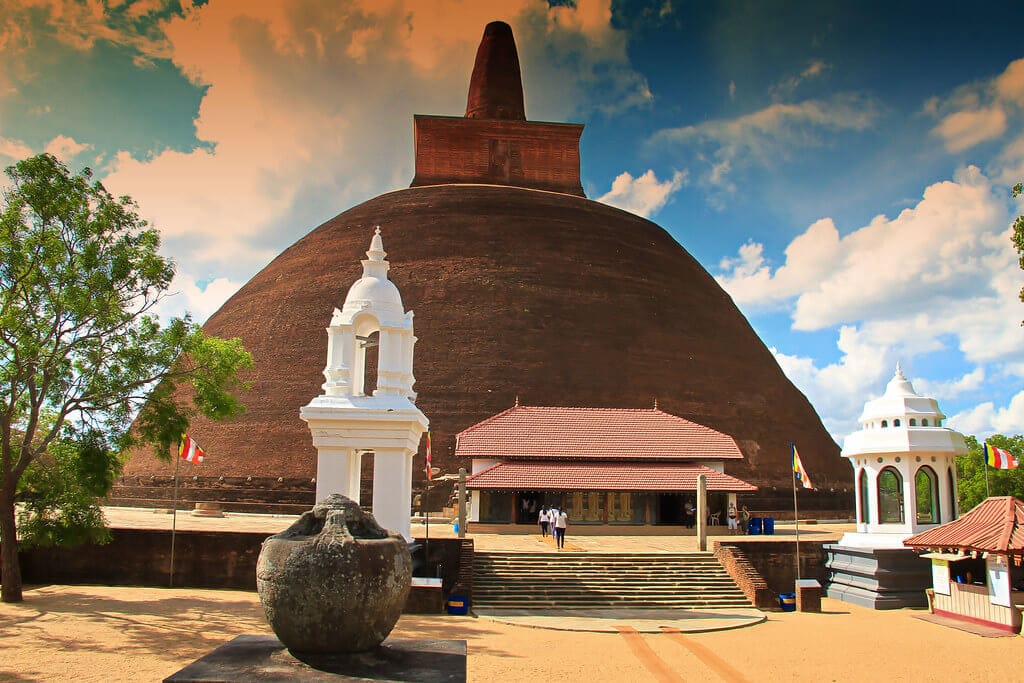Gadaladeniya Raja maha viharaya
Gadaladeniya Raja Maha Viharaya, located near Pilimathalawa in Sri Lanka, is a historic Buddhist temple that stands as a testament…
View Details
In the ancient city of Anuradhapura, Sri Lanka, where history and spirituality intersect, the Abhayagiri Viharaya stands as a testament to the island’s rich cultural and religious heritage. This revered monastery, which dates back to the 2nd century BCE, is not only a place of worship but a living testament to the enduring legacy of Buddhism. In this comprehensive guide, we will take you on a journey through the profound significance, history, architectural marvels, and spiritual essence of the Abhayagiri Viharaya, offering insights on how to make the most of your visit to this sacred site.
The Abhayagiri Vihara is more than just a monastic complex; it is an integral part of Sri Lanka’s spiritual and historical tapestry. The name “Abhayagiri” translates to “Mountain of Fearlessness,” signifying the sanctuary’s significance as a place of spiritual refuge and enlightenment.
Founded by King Valagamba (also known as Vattagamani Abhaya) during the 2nd century BCE, the Abhayagiri Viharaya became a hub for Theravada Buddhism and played a pivotal role in the preservation and propagation of Buddhist teachings. Over the centuries, it evolved into a sprawling monastic city, attracting scholars, pilgrims, and seekers of wisdom from far and wide.
The Abhayagiri Viharaya is renowned for its vast and intricate monastic complex, which once covered a substantial area of land. Its architectural grandeur and spiritual importance have left an indelible mark on Sri Lanka’s cultural heritage.
Visiting the Abhayagiri Viharaya is not merely a historical journey; it’s an opportunity to connect with the spiritual essence of Buddhism and explore the teachings and practices of this ancient faith.
Before embarking on your journey to the Abhayagiri Viharaya, consider these practical details:
The Abhayagiri Viharaya is more than an architectural marvel; it is a living testament to the endurance of Buddhism and the cultural richness of Sri Lanka. A visit to this sacred site offers an opportunity to explore the interwoven threads of history, spirituality, and architecture.
Whether you are a history enthusiast, a spiritual seeker, or a traveler in search of profound cultural experiences, the Abhayagiri Vihara promises a journey that transcends time, offering a deeper understanding of Sri Lanka’s spiritual and historical heritage. So, as you explore this storied sanctuary, let the ancient teachings and the spiritual ambiance of the Abhayagiri Vihara enrich your understanding of Buddhism and inspire your own spiritual quest for wisdom and fearlessness.